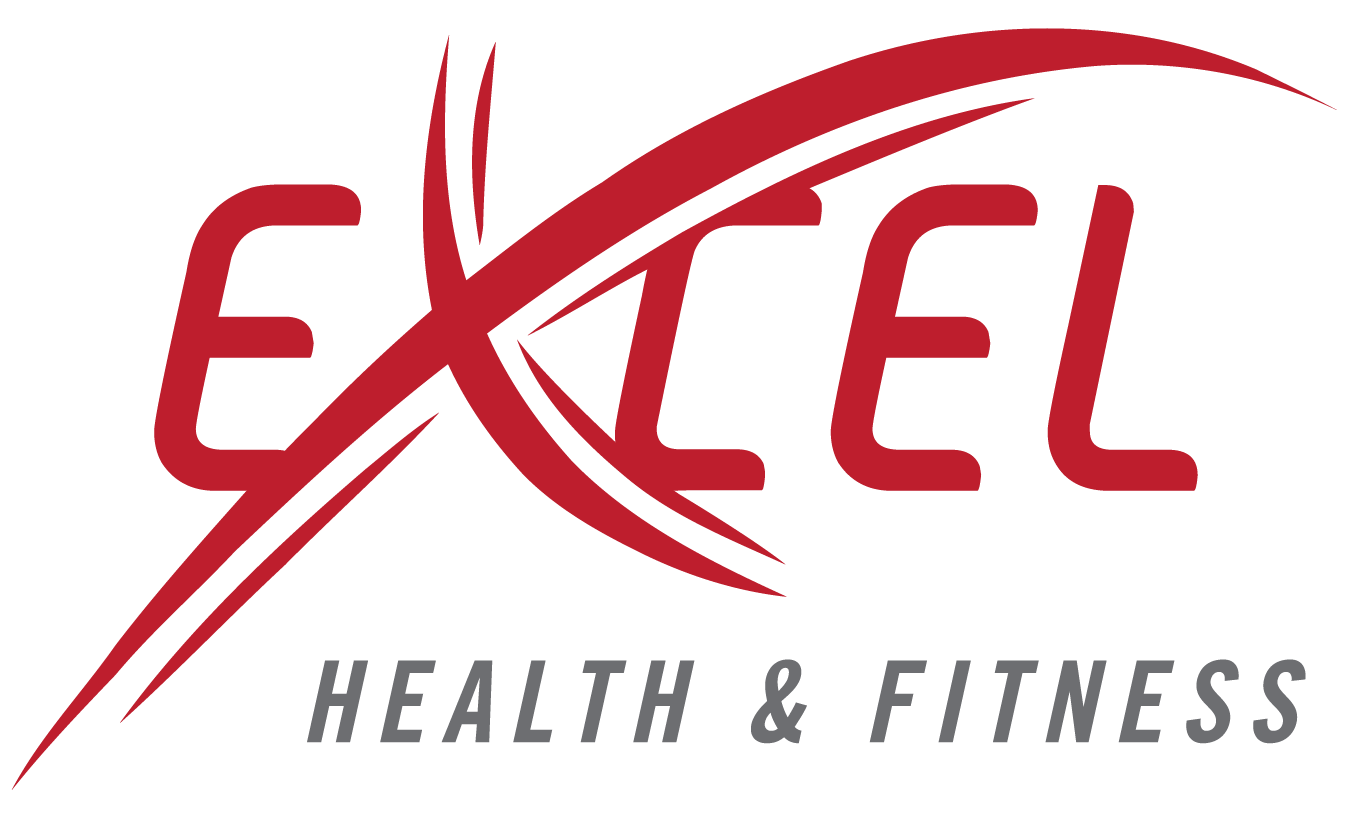Most People Rely on the Scale — But Is That Enough?
For decades, the bathroom scale was the go-to tool for measuring progress. You step on, see a number, and feel great, or discouraged, depending on what it says.
But here’s the truth:
That number tells you almost nothing about how your body is actually changing.
At Excel Health & Fitness in Manteca, we use Fit3D 3D body scanning to help people move beyond the scale, and get real feedback that actually means something.
Let’s compare the two.
What You Get from a Traditional Weigh-In
Your total body weight in pounds or kilograms
A number that changes based on food, water, stress, hormones, and sleep
Zero context for fat vs muscle
No info on body shape, posture, or size
In other words, it tells you how heavy you are, but not whether that weight is good, bad, or changing in the right direction.
What You Get from a 3D Body Scan
Fit3D scanning gives you:
Body fat percentage
Lean muscle mass
Circumference measurements (waist, hips, arms, etc.)
Posture and symmetry analysis
A 3D visual model of your body
Historical comparisons between scans
You’re not just seeing a number, you’re seeing your body change.
Why the Scale Can Be Misleading
Here’s a real example:
You start working out and eating better.
You gain 2 lbs of muscle and lose 2 lbs of fat.
The scale says… nothing changed.
That’s frustrating, unless you have a tool that shows what’s really happening.
Fit3D reveals:
Inches lost from your waist
Better posture
Less fat, more muscle
Changes in your shape that the scale can’t see
Weigh-Ins vs 3D Scans: What’s Better Long-Term?
If You Want:
Quick, daily feedback — use the scale
Accurate, monthly feedback — get scanned
Weigh-ins aren’t bad. But on their own, they can lead to confusion, discouragement, or obsession over tiny fluctuations.
3D scanning gives you a full-body view of what’s really going on.
Why We Recommend Both (In the Right Way)
Some of our members use both:
Daily or weekly weigh-ins for basic awareness
Fit3D scans every 4–6 weeks for real progress tracking
It’s not about picking one or the other — it’s about using the right tool for the right job.
